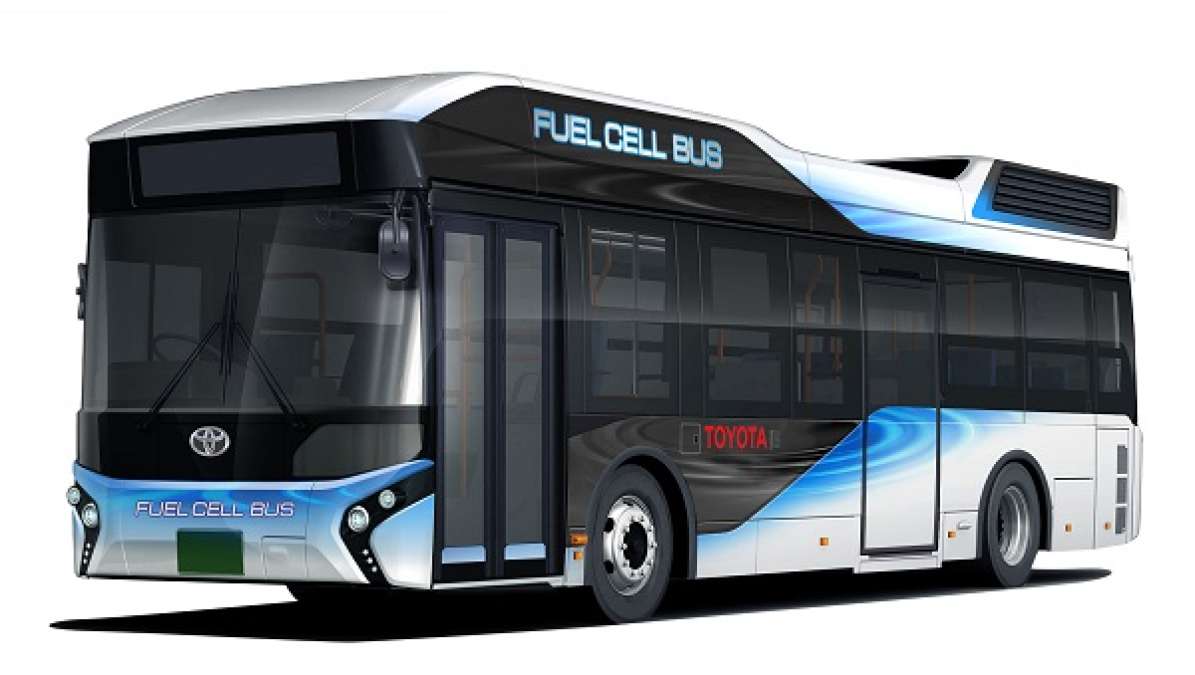Government regulators can’t wait to push private vehicle owners into expensive, hard to live with zero emission vehicles. Simultaneously, municipalities, like my own, still run diesel commuter rail trains and gasoline powered gas-guzzlers. Toyota will soon offer governments the chance to out their money where their mouth is with long-distance zero emission city buses.
Toyota fuel cell buses are not a thing of the future, but a technology that is ready to deploy now. Field testing is complete, and the Bureau of Transportation of the Tokyo Metropolitan Government is planning to deploy two of the FC buses (model name: Toyota FC Bus) as fixed-route buses in early 2017. Toyota expects to roll out 100 fuel cell buses in advance of the 2020 Tokyo Olympic and Paralympic games.
The new buses are in cooperation with Hino Motors, Ltd. (Hino). The Toyota Fuel Cell System (TFCS) from the Mirai fuel cell car, on-sale now (sort of) in California is the basis of the bus's powetrain design. Unlike personal cars which require a vast network of hydrogen re-fueling stations, buses can return to a common paddock each shift to refuel. This eliminates on of the largest challenges of fuel cell vehicles.
Toyota also points out that the buses offer a high-capacity external power supply system. Toyota said in a statement, “With a power supply capable of a 9 kW2 maximum output, and a large capacity of electricity supply at 235 kWh3, the FC bus can be used as a power source in the event of disasters, such as at evacuation sites such as in school gymnasiums4 or, its electricity supply can also be harnessed for home electric appliance use.”
Hopefully, the single fuel cell drivetrain used to transport dozens of passengers will be more cost effective than the pricey Mirai.





